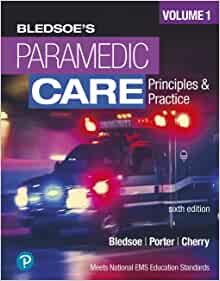-47%
Understanding the Meaning Behind the Colon
In the realm of language, the colon (:) serves as a versatile punctuation mark that can convey a wide range of meanings and functions. Its presence often signifies a pause, a transition, or a relationship between two elements.
1. Introduction or Elaboration:
The colon can introduce a further explanation or elaboration of the preceding statement. It creates a seamless transition between two semantically related ideas, allowing the reader to delve deeper into the topic.
Example: “The human body is a complex organism: it consists of trillions of cells, each with its own unique function.”
2. Lists and Enumerations:
A colon can precede a list or series of items, introducing them as a cohesive unit. This formatting provides clarity and organization, especially when the items are related or follow a specific order.
Example: “The following fruits are rich in antioxidants: strawberries, blueberries, raspberries, and pomegranates.”
3. Ratios and Proportions:
In mathematical expressions, the colon is used to indicate ratios or proportions. It separates the numerator (top) from the denominator (bottom), expressing the relative amounts of two quantities.
Example: “The speed limit on the highway is 60 mph: 100 kph.”
4. Time and Measurements:
The colon is often employed to denote time or measurement intervals. It separates the hours, minutes, and seconds in a time measurement or the whole number from the decimal fraction in a measurement.
Example: “The concert begins at 8:00 PM.” “The distance to the summit is 10 miles: 16.1 kilometers.”
5. Dialogue and Quotations:
In dialogue or quoted material, a colon introduces the words spoken by a specific character or the person being quoted. This formatting clarifies who is speaking and creates a distinct separation between the narrative and the dialogue.
Example: “He turned to her and said: ‘I will not give up on you.'”
6. Formal Letter Salutations:
In formal letter writing, the colon appears after the salutation, separating it from the body of the letter. This convention adds a touch of formality and respect to the correspondence.
Example: “Dear Ms. Smith:”
7. Bible Verses and References:
In biblical texts, the colon is frequently used to separate book, chapter, and verse numbers in citations. This formatting facilitates easy identification of specific passages for study or reference.
Example: “John 3:16”
Conclusion:
The colon is a versatile and indispensable punctuation mark that serves multiple functions in written language. Its presence signifies a pause, a transition, or a relationship between two elements, enhancing clarity, organization, and understanding for the reader.










Reviews
Clear filtersThere are no reviews yet.